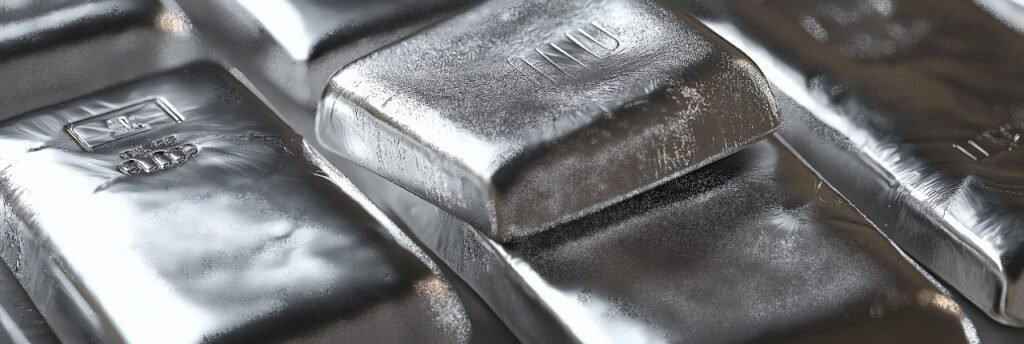Silver outperforms expectations in 2025
Silver has been catching fire lately and many investors are asking whether the white metal could soon cross $50.00 per ounce. That’s a lofty milestone, but it’s not out of the realm of possibility – especially in a market where industrial demand, macro conditions, and investor flows are conspiring to push the price higher.
In 2025, silver has outpaced many expectations, climbing from around $30.00 per ounce to break above $47.00 in recent sessions. That rise reflects a confluence of factors, both cyclical and structural.
First, silver’s dual identity as both a precious metal and industrial metal means it can benefit from safe-haven demand and industrial demand simultaneously, creating powerful combined tailwinds.
In particular, demand from solar panels, electronics, electric vehicle components, and green energy infrastructure has helped lift silver’s baseline demand substantially.
Supply constraints amplify price movements
Supply, meanwhile, has struggled to keep up with demand. Multiple reports highlight that silver is running a persistent deficit – that is, total consumption is being exceeded by use, particularly in industrial sectors.
Because much of silver production is a by-product of mining for other metals (copper, lead, Zinc), increases in silver production are often constrained even when prices rise significantly.
This supply inelasticity means that demand increases translate more directly into price movements than in markets where supply can respond quickly to higher prices.
The structural deficit creates conditions where even modest demand increases can have outsized effects on pricing, particularly when combined with investment demand.
Monetary policy supports precious metals
Second, macro and monetary dynamics have bolstered the appeal of non-yielding assets like silver. The US dollar has weakened at times, helping make silver (priced in dollars) more attractive to foreign buyers.
More importantly, expectations for Fed rate cuts or lower interest rates have reduced the opportunity cost of holding silver, making non-yielding assets more competitive.
When real interest rates fall, assets that don’t pay yield become more attractive relative to bonds and cash alternatives that offer diminishing real returns.
Third, investor flows are helping to amplify the trend. Silver-backed exchange-traded funds (ETFs) and other investment vehicles have seen inflows as momentum investors allocate to precious metals.
Gold-silver ratio supports relative value case
Fourth, the relationship between silver and gold (often expressed via the gold:silver ratio) offers a relative valuation argument. Historically, investors have looked for times when silver is “cheap” relative to gold.
In the first quarter (Q1) of 2025, silver had been under pressure historically, so the ratio had widened – meaning silver has been catching up since April and outperformed gold’s rise.

